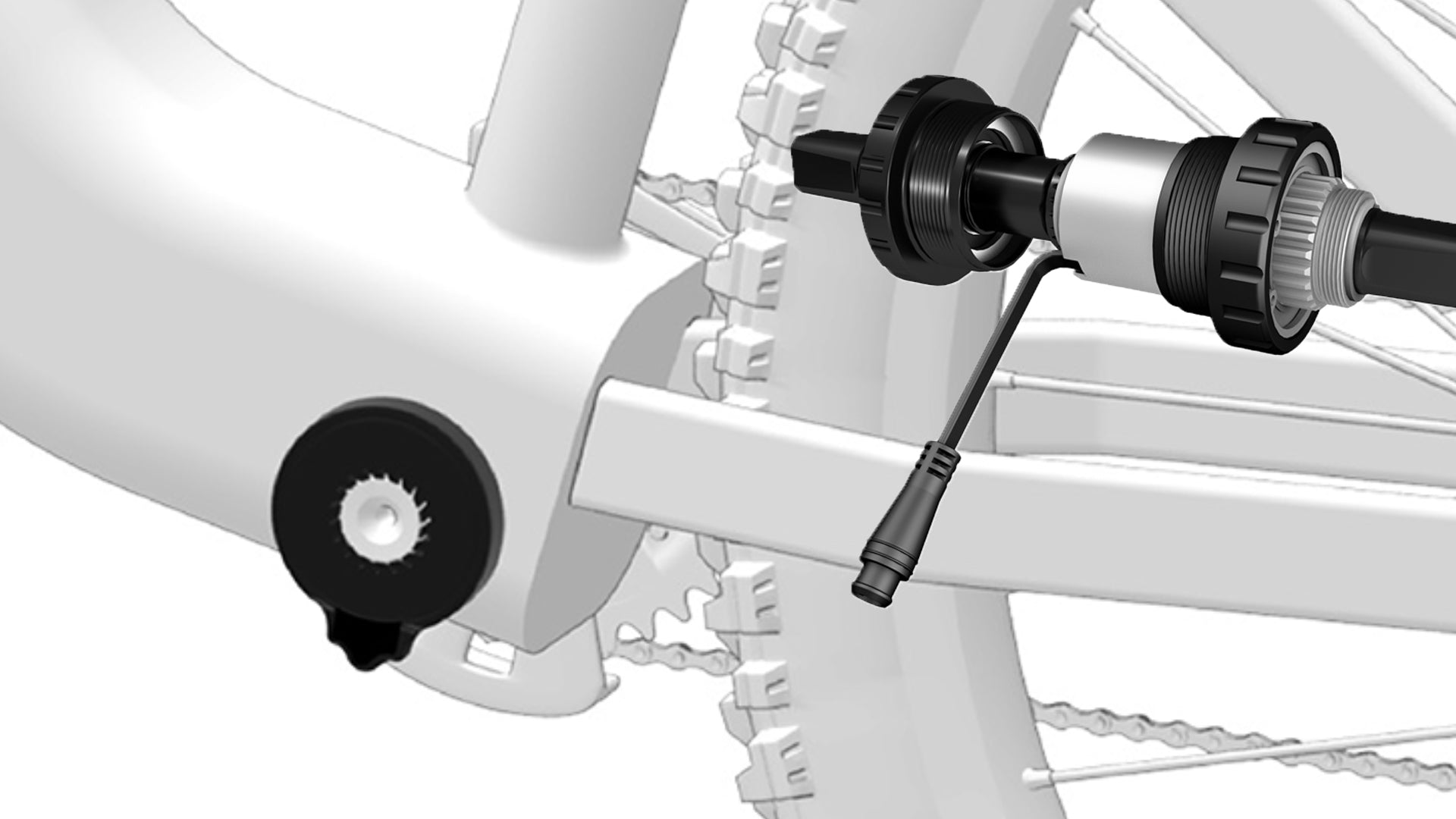Cadence vs Torque Sensor
Which Pedal Assist System is Right for You?
🚴 Cadence Sensor
- Detects pedal motion and speed
- Provides preset motor assistance
- Simple, predictable feel
- Lower cost, easier to maintain
- Best for casual riders and commuters
🚴 Torque Sensor
- Measures how hard you pedal
- Motor responds proportionally to your effort
- Smoother, more natural ride
- Higher cost, premium experience
- Ideal for hilly terrain and enthusiasts
| Feature | Cadence Sensor | Torque Sensor |
|---|---|---|
| Detection Method | Pedal Rotation | Pedal Force |
| Motor Response | Fixed Output | Proportional to Effort |
| Ride Feel | Basic, On/Off | Smooth and Intuitive |
| Cost | Lower | Higher |
🔍 Advanced Insights
Ghost Pedaling (Cadence Sensor): With cadence sensors, it's easier to experience "ghost pedaling"—when your feet can't keep up with the crank rotation, but as long as you're moving the pedals slightly, the motor continues to assist. Some riders enjoy this relaxed control, while others prefer more engagement.
Pedal Pressure Required (Torque Sensor): Torque sensors require real effort on the pedals. You can’t trick the system. To gain or maintain speed, you must apply pressure, which results in a more responsive and realistic ride.
Hybrid Mode (Best of Both): Based on our experience, with a standard 3.5 gear ratio, torque sensors feel better at speeds under 25 km/h (16 mph). At higher speeds, cadence sensors provide a more relaxed ride. That’s why we offer software customization that enables a Hybrid Mode: a torque sensor is physically installed but switches to cadence sensor mode once a certain speed is exceeded. Users can easily switch between Torque, Cadence, and Hybrid modes via the bike's display menu for a tailored riding experience.


Share:
Spring Team-Building: A Day of Fun, Games, and BBQ
BSKS26-- All-New Upgrade! 60V 1000W Ultra-Powerful E-Bike Launches